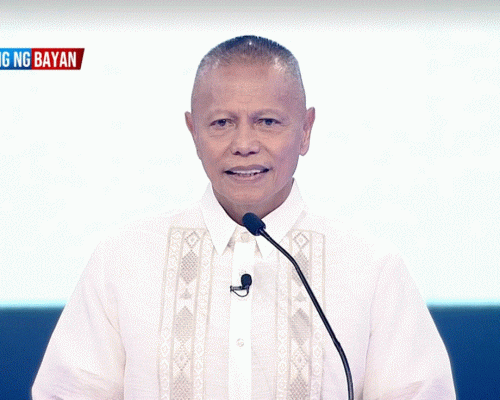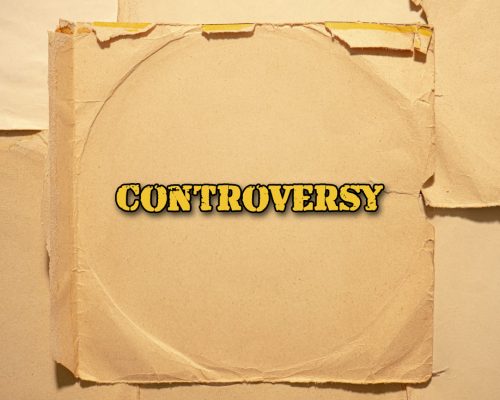Dear PAO,
One of our employees, X, was suspended for five days after a finding that he was grossly and habitually neglectful of his duties. After his suspension, X was again served with a notice to explain his absences without leave for a week prior to his suspension. A few days later, X sent an email manifesting his intention to resign, recover his unpaid salary, and request for the issuance of his certificate of employment. Since his manifestation was not given any proper attention, he went to the office and personally submitted the physical copy of his resignation letter. Thereafter, the company formally accepted his resignation.
To our surprise, however, he filed a complaint for constructive dismissal, asserting that his severance from employment was not voluntary, but was a result of forced resignation arising from harassment and humiliation. Is his argument reasonable?
Niño
Dear Niño,
The Supreme Court, in the case of Arvin A. Pascual vs. Sitel Philippines Corporation, et al. (GR 240484, March 9, 2020, Ponente: Associate Justice Henri Jean Paul Inting) held that the acts of the employee before and after the alleged resignation must be considered in determining whether the employee concerned truly intended to terminate his or her employment, viz.:
“To emphasize, the intent to relinquish must concur with the overt act of relinquishment. The acts of the employee before and after the alleged resignation must be considered in determining whether the employee concerned, in fact, intended to terminate his employment. In illegal dismissal cases, it is a fundamental rule that when an employer interposes the defense of resignation, on him necessarily rests the burden to prove that the employee indeed voluntarily resigned.
“Guided by the foregoing legal precepts, a judicious review of the facts on record will show that Sitel was able to show that petitioner resigned voluntarily as shown by the following circumstances:
“First, the e-mail which petitioner sent to Lee, Sitel’s COO, manifesting his intention to resign categorically and unequivocally expressed his intention to disassociate himself from the company. In the same e-mail, he even asked for: (1) the payment of his salaries, and (2) the issuance of his certificate of employment. x x x
“Second, petitioner e-mailed another copy of the resignation letter to Reyes on December 12, 2014 and reiterated his resignation. After that, he sent a hard copy of the resignation letter to the company via registered mail.
“Third, petitioner went back to Sitel on December 18, 2014 with a resignation letter of even date. The following day, Sitel formally accepted his resignation.
“Since petitioner submitted his resignation letter on several occasions, it is incumbent upon him to prove with clear, positive, and convincing evidence that his resignation was not voluntary, but was actually a case of constructive dismissal or that it is a product of coercion or intimidation. He has to prove his allegations with particularity.
“In Pascua v. Bank Wise, Inc., the Court held that an unconditional and categorical letter of resignation cannot be considered indicative of constructive dismissal if it is submitted by an employee fully aware of its effects and implications.” (Emphasis and underscoring supplied)
Based on the foregoing, in illegal dismissal cases and in interposing the defense of resignation, it is incumbent upon you, as the employer, to prove that X indeed voluntarily resigned. You may use his acts leading to his severance from employment to prove this. Relatedly, as held in the above-cited case, an unconditional and categorical letter of resignation cannot be considered indicative of constructive dismissal if it is submitted by an employee fully aware of its effects and implications.
We hope that we were able to answer your queries. This advice is based solely on the facts you have narrated and our application of the same. Our opinion may vary when other facts are changed or elaborated on.
Editor’s note: Dear PAO is a daily column of the Public Attorney’s Office. Questions for Chief Acosta may be sent to dearpao@manilatimes.net
























